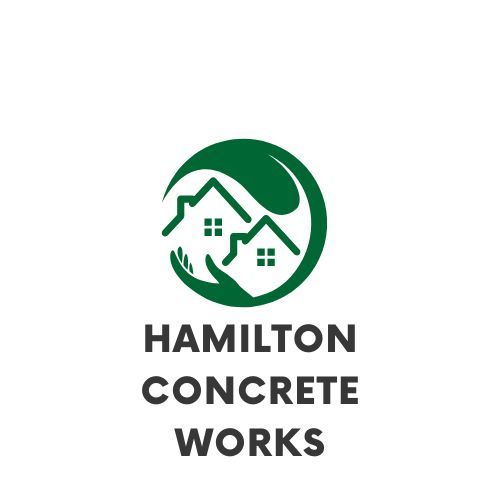Environmental Sustainability in Construction and Home Services
Sustainable Construction Materials
Building sustainably begins with the right materials. Think reclaimed wood from old structures, recycled metals like steel and aluminum, and innovative materials like bamboo or straw bales. Even selecting low-VOC paints and locally sourced bricks can have a positive impact, making structures more eco-friendly and enhancing indoor air quality.
Energy Efficiency
Energy efficiency is more than a buzzword; it's a strategy that involves the thoughtful use of resources. By employing LED lighting, energy-efficient HVAC systems, programmable thermostats, and insulation from natural materials like sheep's wool, a building's energy consumption can be dramatically reduced. And by adding renewable energy sources such as solar panels or wind turbines, reliance on traditional power can be minimized, reflecting a genuine commitment to the environment.
Water Conservation
Water is a vital, often overlooked resource. Innovations such as low-flow faucets, dual-flush toilets, and greywater recycling systems allow us to use water more conscientiously. Whether it's capturing rainwater for irrigation or planting drought-resistant foliage, these choices not only conserve water but also contribute to a sustainable and beautiful living environment.
Waste Reduction
Waste is an unavoidable aspect of construction, but its impact can be lessened through thoughtful planning. Prefabricated components, recycling of materials like glass and concrete, and donating excess items can make a substantial difference. And by using electronic documents and virtual collaboration tools, we can further reduce waste, promoting an overall ethos of efficiency.
Eco-friendly Home Services
Sustainable living extends beyond construction. At home, eco-friendly practices might include using natural cleaning products, regular maintenance of appliances, or opting for mechanical gardening tools. Even simple choices, like green pest control methods, can foster a healthier and more environmentally responsible home.
Certification and Compliance
Certifications like LEED and BREEAM serve as valuable guides in the pursuit of sustainability. They set recognized standards that encompass everything from energy efficiency to water conservation and indoor air quality. Seeking these certifications isn't just about meeting criteria; it's about embodying a philosophy of environmental stewardship.
Continuous Education and Awareness
Sustainability is an ever-evolving field, and staying informed is key. Whether it's through workshops, certifications, or joining professional green-building networks, continuous learning helps drive innovation. By fostering a culture of sustainability within teams and educating clients, we build a community committed to protecting our planet.
Conclusion
Environmental sustainability in construction and home services is a complex but rewarding journey. It's about more than individual choices; it's about a collective commitment to building and living more responsibly. From material selection to energy usage, water conservation to waste reduction, every step matters. Together, we can create a future that honors our environment, without sacrificing quality or comfort. If you have any questions or need assistance, please feel free to reach out.

